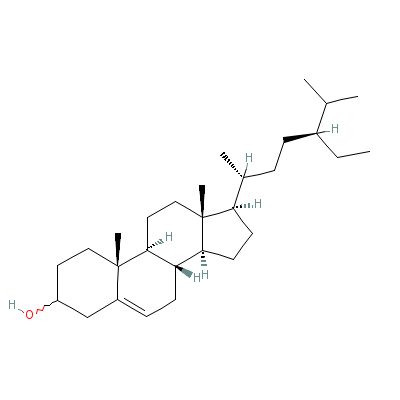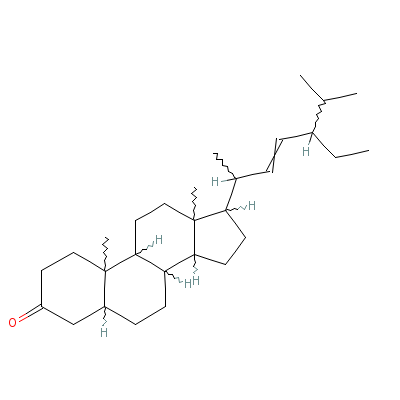Barringtonia acutangula (L.) GAERTN |
| |
|
|
Botanical Name |
: |
Barringtonia acutangula (L.) GAERTN |
English
Name |
: |
Indian Oak |
Synonym(s) |
: |
Barringtonia edaphocarpa Gagnep., Barringtonia pedicellata Ridley, Barringtonia spicata Blume, Stavadium acutangulum (L.) Miers. |
Family |
: |
Lecythidaceae |
| |
General Info
| Description |
 |
|
A small evergreen tree up to 12 m tall; bark rough, dark grey, longitudinally furrowed. Leaves crowded at the ends of branchlets, 6.4 to 15 cm long and 3.3 to 8.4 cm wide, elliptic, obovate or oblanceolate, apex rounded, acute or acuminate, base narrowed into a short petiole, margins entire or minutely denticulate-crenate, glabrous, pale beneath. Flowers fragrant, dark scarlet, 8 to 13 mm across, born in slender, pendulous, many-flowered racemes 15 to 38 cm long; pedicels 1.5 to 3 mm long; bracteoles linear-lanceolate, acute. Fruits ovoid, bluntly quadrangular, 2 to 6 cm long and 1 to 2.5 cm wide, broadest in the middle, narrowed at each end, crowned by the small, persistent calyx. |
| Herb Effects |
 |
|
Hypoglycemic (root); antiprotozoal (stem bark); hypothermic and stimulates the central nervous system (root and bark); alexipharmic and antihelminthic (fruit). |
Chemistry
| Active Ingredients |
 |
|
Barringtogenols and barringtogenic acid (fruit); triterpenes, beta-sitosterol and stigmasterol (leaf). |
| Chemistry
of Active Ingredients |
 |
|
|
 |
Name |
CAS# |
IUPAC Name |
Formula |
Structure |
 |
|
| Beta-sitosterol |
5779-62-4 |
17-(5-ethyl-6-methyl
-heptan-2-yl)-10,13-
dimethyl-2,3,4,7,8,9
,11,12,14,
15,16,17
-dodecahydro-1H-cycl
openta[a]phenanthren
-3-ol |
C29H50O |

|
| Stigmasterol |
4736-55-4 |
17-(4-ethyl-1,5-dime
thyl-hex-2-enyl)-10,
13-dimethyl-1,2,4,5,
6,7,8,9,10
,11,12,1
3,14,15,16,17-hexade
cahydrocyclopenta[a]
phenanthren-3-one |
C29H48O |

|
|
Pharmacology
| Medicinal Use |
 |
|
On glandular swellings and boils (root); toothache, diarrhoea and dysentery (leaf); dropsy (bark), to treat biliousness, diseases of the blood, bronchitis, sore eyes, headache and hallucinations, to treat gingivitis and for healing wounds (fruits). |
| Reference |
 |
|
 Chandel et al., Biodiversity in Medicinal and Aromatic Plants in India. Chandel et al., Biodiversity in Medicinal and Aromatic Plants in India.
|
Dealers
Products
|
|